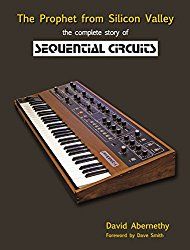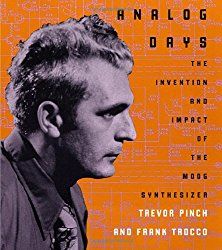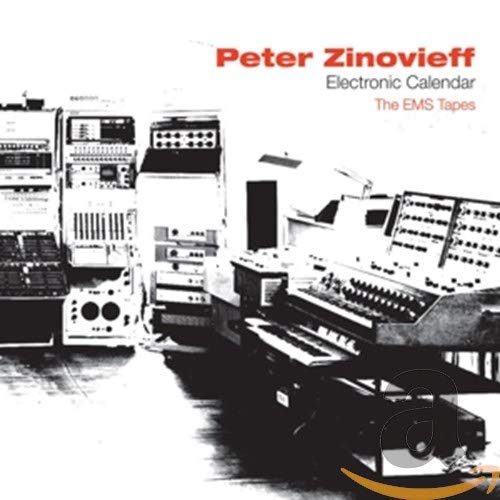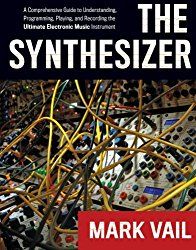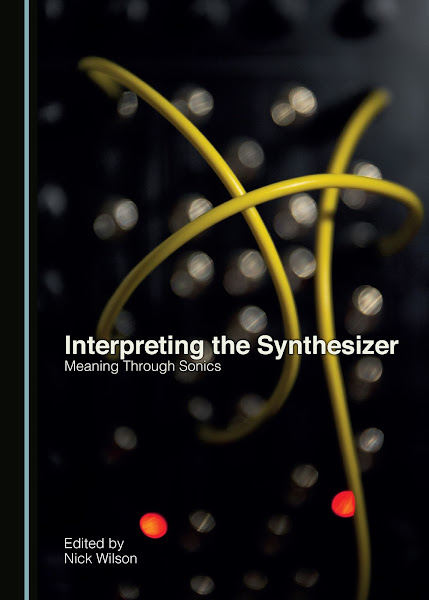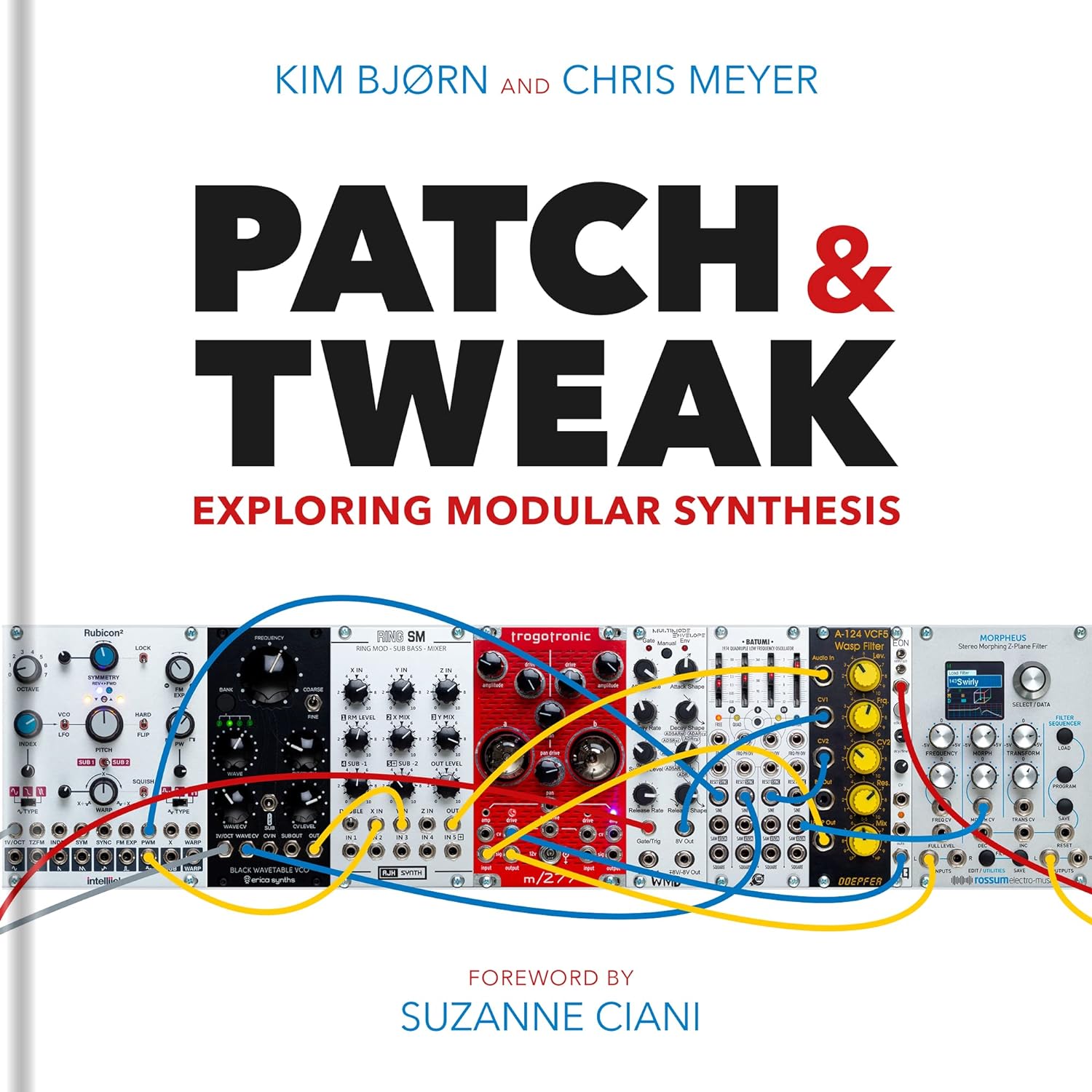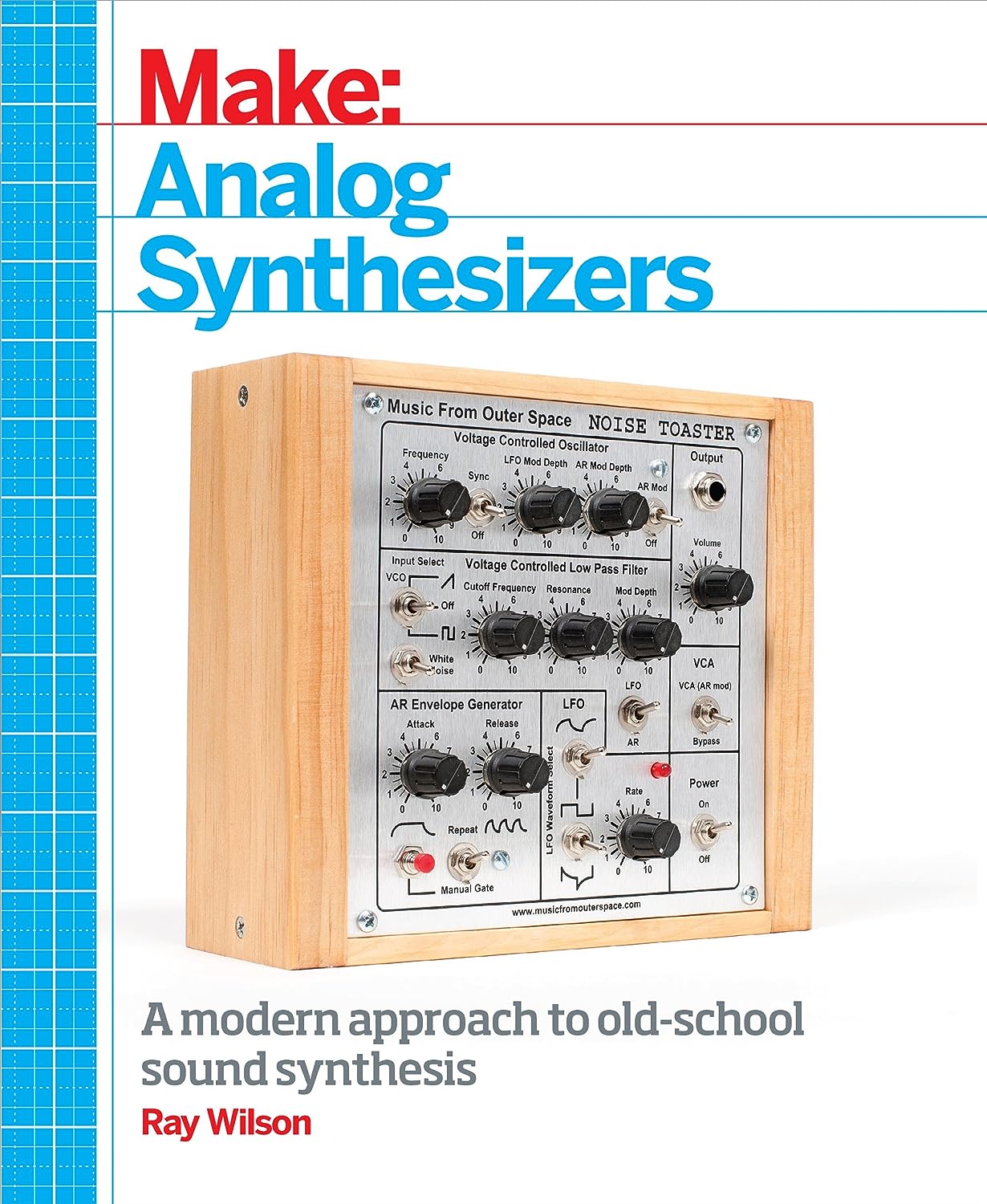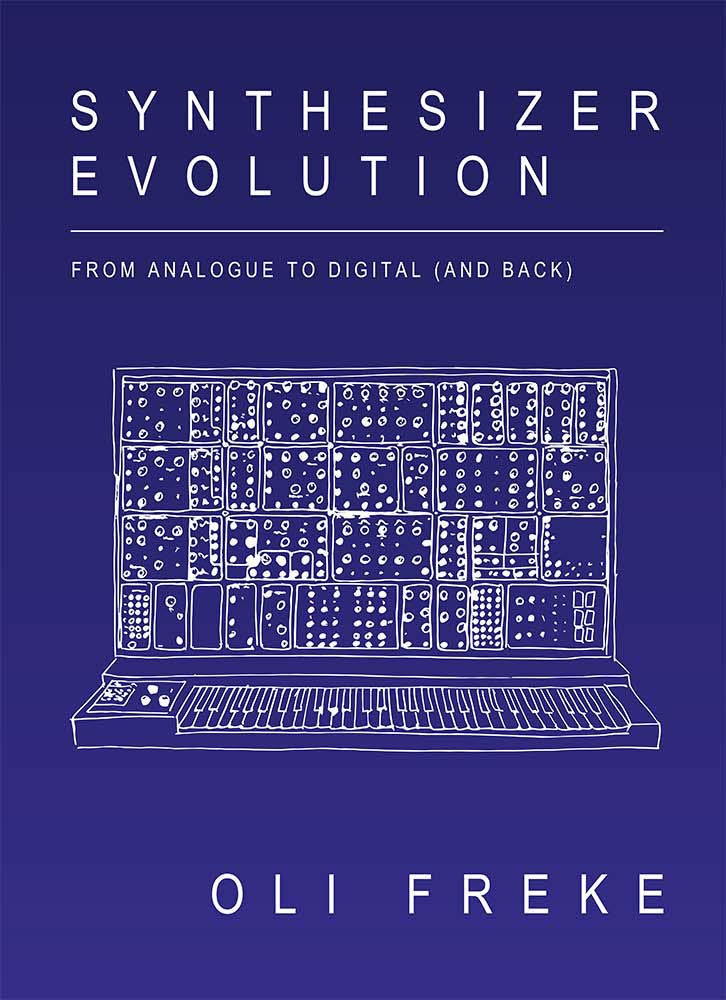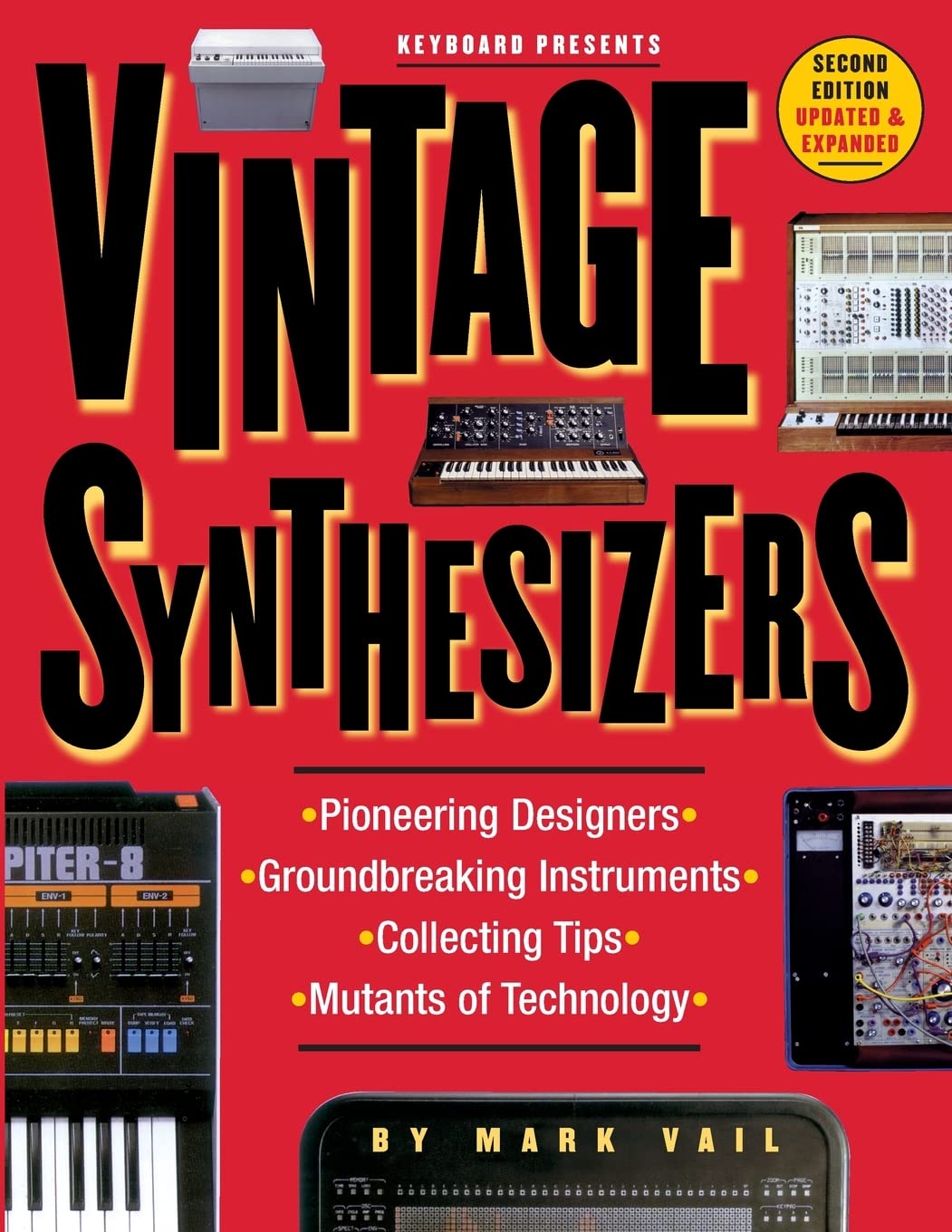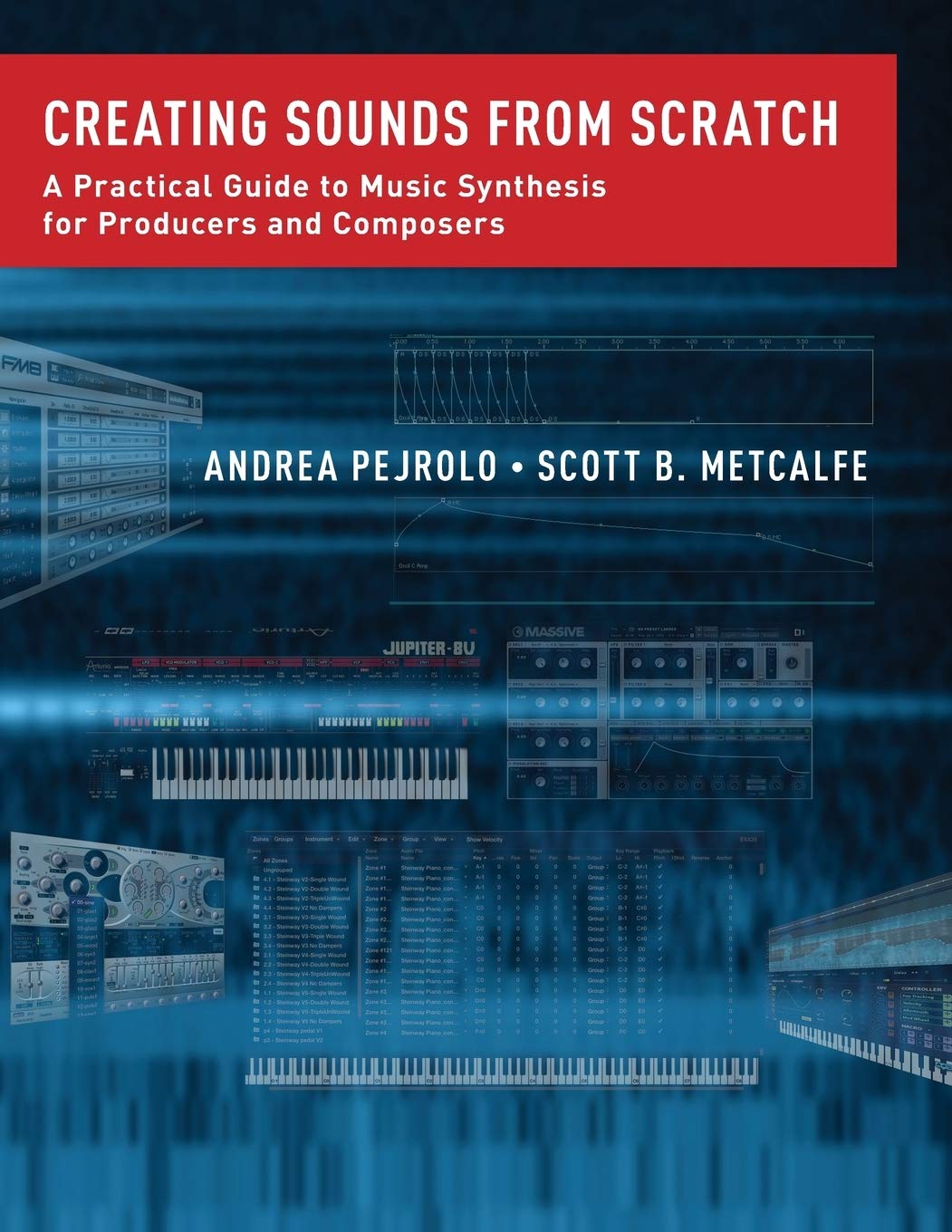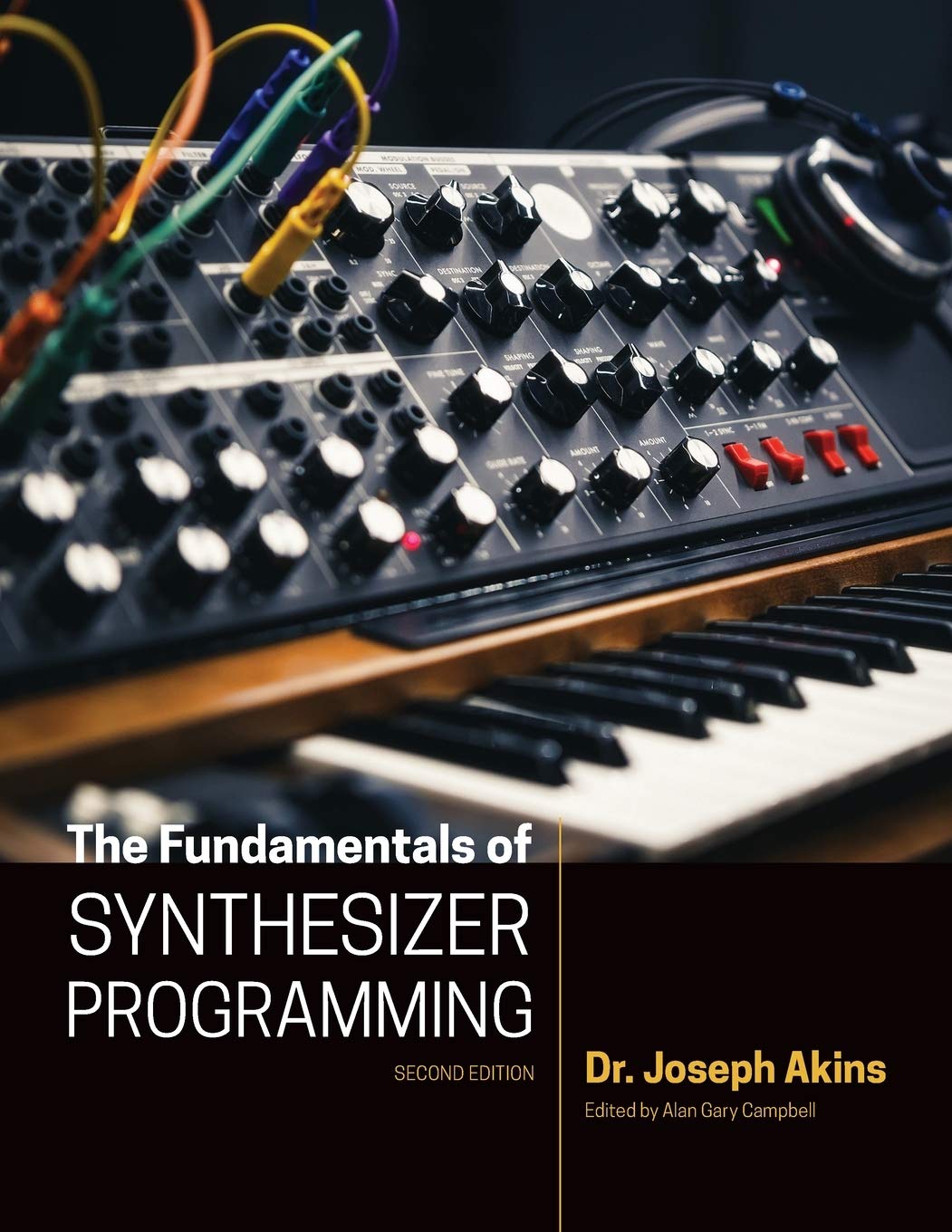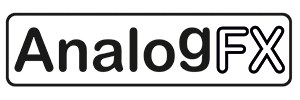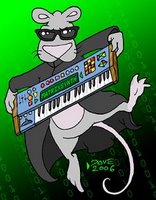Click on the bottom two pics and zoom in. Some things to take from the images:

1. Four Assignable knobs
2. Two rows with LEVEL labels

3. First LEVEL Row: (my guess) SYNTH1, SYNTH2, PCM1, PCM2, ???, ???, ??? New Section with ASSIGN1, ASSIGN2?
4. Second LEVEL Row: (my guess) LAYER1, LAYER2, LAYER3, LAYER4, LAYER5, LAYER6, New Section with ASSIGN1, ASSIGN2?

5. Below the LEVEL sections appear to be numbers and/or letters? Maybe tempo settings?

6. There is another section to the right of the knob controller section with buttons.
7. Note what looks like a KORG MS20, laptop and mixer on the table of the concert image. The image along with "The Beginning of a New Era" implies a new audience and new market for Casio.
What do you think?
Update: the two bottom shots joined together and blown up a little:
If you are on a Mac and try to do a screen grab with Command Shift 4 and select the whole image, you will see it brighten up, and you can see some of the additional controls on the far right. I captured a MATRIXSYNTH ghost in there BTW. I really need to invest in Photoshop.
Update: and a new teaser pic spotted on
ComputerMusicGuide
The XW-P1 Performance Synthesizer
Update 1.12.12:
"A Mono solo section with up to six oscillators: two virtual analog, two PCM, noise, and external audio. Poly section with wide variety of gig- ready sounds. Drawbar organ mode. Six-way HexTone multis. Nine-track step sequencer with dedicated drum track."
Rumored price for the Casio XW-P1 is $699.
via
this HC thread, via
Computer Music Guide.
 Update 1/19/12:
Update 1/19/12: Details are in:
Click each pic for the super size shot. Details on each section below.
STEP SEQUENCER
Providing everything from pulsing dance grooves to animated synth textures and arpeggios, the Step Sequencer in both the XW-P1 and XW-G1 is the first of its kind. With nine tracks for drums, basses, synths and chordal parts, four controller tracks for adding panning, filter changes and other animation to existing parts and eight patterns make up each sequence; the user can build and mix their performance on the fly. Sequences can even transpose live from the keyboard, providing a completely interactive experience.
DRAWBAR ORGAN
In addition to the solo synth and HexLayers, the XW-P1 performance synthesizer is armed with an arsenal of gig ready sounds like stereo pianos, vintage electric pianos, strings, brass, guitars, basses, drums and more. It also has a new drawbar organ mode. Utilizing the nine sliders on the XW-P1 you have full range control over each drawbar. The XW-P1 even has dedicated controls for key percussion and rotary speaker while also providing vibrato, distortion and more for the ultimate drawbar organ experience.
SOLO SYNTH
Utilizing Casio’s exclusive (HPSS) Hybrid Processing Sound Source, a six oscillator monophonic solo synth is just one of the amazing sound engines in both the XW-P1 and XW-G1. The solo synth has the power to deliver classic analog sounds and sounds with an aggressive edge unlike anything else. Two virtual analog style oscillators, two PCM based oscillators, a noise oscillator and an external oscillator via mic and line inputs can be combined to make up a single solo synth tone. Each oscillator has an independent filter, envelopes, independent key tracking, portamento, two LFO’s and access to master resonant filter. With impressive modulation and control capabilities at your fingertips, the solo synth is capable of a wide range of sounds and expression.
HEXLAYER
In addition to the solo synth, the XW-P1 also features HexLayer tones. A HexLayer is a single sound comprised of up to 6 components, allowing complex layers, splits and velocity switched sounds. The sliders on the XW-P1 can be used to mix sounds on the fly to create evolving pads and rich synth textures while key velocity can be used to create dynamic velocity switched orchestral sounds and more.
ARPEGGIATOR AND PHRASE SEQUENCER
The XW-P1 and XW-G1 both have powerful Arpeggiators. In addition to typical arpeggio patterns, this Arpeggiator can create polyphonic synth gated patterns, acoustic instrument emulations and is even fully programmable allowing you to create your own unique sounds. An additional phrase sequencer allows you to quickly capture any riff that you play on the keyboard and have it available on a front panel switch or triggered and transposed live from a range of notes on the keyboard. The combination of the Step Sequencer, Arpeggiator and Phrase Sequencer provides an endless array of sound possibilities.
CONTROL
The XW-P1 and XW-G1 have 4 real- time controller knobs, pitch bend and modulation wheels, along with 9 sliders to provide control over internal sounds and external devices. Through standard MIDI ports and with a class-compliant USB port the keyboard can be used as a controller for other instruments, including computer software and iPad® based software applications. It also includes an audio input allowing you to monitor an MP3 player, computer or other device without the need for a mixer.
TECH SPECS
6 Oscillator Monophonic Solo Synthesizer (Both)
Sample Looper - Up to 19 Seconds of sampling time (XW-G1)
Sample Player - 10 user tones with up to 5 samples each can be stored in Flash Memory for instant recall (XW-G1)
HexLayer - A single sound made up of 6 components for gig ready splits and layers (XW-P1)
Drawbar Organ Mode with 9 sliders, adjustable rotary speaker, key click, vibrato and percussion (XW-P1)
Fully editable PCM based sounds like stereo pianos, vintage electric pianos, strings, guitars,
drums and more. (400 XW-P1) 300 (XW-G1)
13 Track Step Sequencer (Both)
16 step programmable Arpeggiator (Both)
Performance mode providing 4 internal or external instrument zones with instant recall of effects, Step Sequences, Arpeggiators and Phrases (Both)
4 real-time controller knobs (Both)
Phrase sequencer to record and playback your riffs (Both)
Stereo 1/8" line input to connect an MP3 player, laptop or tablet (Both)
USB and MIDI ports (Both)
1/4" Line Outputs (Both)
Included Power Supply (Both)
Can operate on 6 D batteries (Both)
http://casiomusicgear.com/home/index.html
Update 10:07 1/19/12: The Official Press Release with pricing:
"NEW YEAR, NEW ERA, NEW PROFESSIONAL SYNTHESIZERS INTRODUCED BY CASIO
Synthesizers built with Innovative and Interactive Features for Performing and Recording Musicians
ANAHEIM, CA, January 19, 2012 —Casio America, Inc. and its parent company Casio Computer, Ltd. today unveiled two new professional Synthesizers. Casio's roots were cultivated from the CZ-series synthesizers over 25 years ago. Recognizing that today’s professional musician wants more, Casio has re-entered the professional synthesizer market with two products which are the ideal tools for performing and recording artists. The XW-P1 is a 61 key performance synthesizer with Casio’s exclusive (HPSS) Hybrid Processing Sound Source. Providing screaming virtual analog monophonic leads and basses, drawbar organs, complex layers, stereo pianos, drums and more, the XW-P1 has the sounds and real-time control the performing musician needs. While the XW-G1 groove synthesizer is designed for the DJ and club performer providing an interactive step sequencer and a sample looper for digitally capturing performance patterns and external instruments. Both will be on display at the 2012 Winter NAMM Show, beginning today through January 22nd at the Anaheim Convention Center in Anaheim, California, booth # 5900, Hall B.
“The XW series are not just new keyboards, they represent a new direction for Casio in the musical instrument business” said Mike Martin, general manager of Casio’s Electronic Musical Instrument Division. “Casio’s formula of value and quality that has been the foundation of award winning instruments like Privia has been applied to a new product category, and the XW-P1 and XW-G1 are just the beginning.”
A six oscillator monophonic solo synth is just one of the amazing sound engines in both the XW-P1 and XW-G1. Two virtual analog style oscillators, two PCM based oscillators, a noise oscillator and an external oscillator via mic and line inputs can be combined to make up a single solo synth tone. Each oscillator has an independent filter, envelopes, independent key tracking, portamento, two LFO’s and access to master resonant filter.
“The solo synth has an incredibly deep and powerful design. Among countless others, the oscillators even have access to waveforms from Casio’s original CZ synthesizers. It can create a variety of classic analog sounds, but also has the power to deliver sounds with an aggressive edge” said Mike Martin. “Everyone is going to be surprised by the expressiveness and range of sounds the solo synth can create, but that is just one aspect of these products.”
In addition to the solo synth the XW-P1 performance synthesizer is armed with an arsenal of gig ready sounds like stereo pianos, vintage electric pianos, strings, brass, guitars, basses, drums and more. It also has a new drawbar organ mode providing nine steps for each drawbar, vibrato, percussion and rotary speaker control. Rounding out the XW-P1’s sound-set are HexLayer; a HexLayer is a single sound comprised of 6 components, allowing complex layers, splits and velocity switched sounds.
The XW-G1 groove synthesizer is geared for the club DJ and dance music performer. In addition to 420 built-in sounds, solo synth and PCM based sounds, the XW-G1 also has the ability to sample. A 19-second sample looper captures internal sounds as well as external instruments allowing the performer to create layers and overdub sounds on the fly. Sampled sounds can even be saved in Flash ROM so they remain in memory after the keyboard has been powered off.
Providing everything from pulsing dance grooves to animated synth textures and arpeggios, the Step Sequencer in both the XW-P1 and XW-G1 is the first of its kind. With nine tracks for drums, basses, synths and chordal parts, four controller tracks for adding panning, filter changes and other animation to existing parts and eight patterns make up each sequence; the user can build and mix their performance on the fly. Sequences can even transpose live from the keyboard, providing a completely interactive experience.
Furthermore, both the XW-P1 and XW-G1 have 4 real-time controller knobs, pitch bend and modulation wheels, along with 9 sliders to provide control over internal sounds and external devices. Through standard MIDI ports and with a class-compliant USB port the keyboard can be used as a controller for other instruments, including computer software and iPad® based software applications. It also includes an audio input allowing you to monitor an MP3 player, computer or other device without the need for a mixer.
The XW-P1 will be available in March 2012 for an MSRP of $699.00 and the XW-G1 will be available in April 2012 for an MSRP of $799.00.
For more information, visit www.casiomusicgear.com
XW-P1 Features
• 6 Oscillator Monophonic Solo Synthesizer
• HexLayer – A single sound made up of 6 components for gig ready splits and layers
• Drawbar Organ Mode with 9 sliders, adjustable rotary speaker, key click, vibrato and percussion
• 400 fully editable PCM based sounds like stereo pianos, vintage electric pianos, strings, guitars, drums and more.
• Step Sequencer with 9 instrument tracks and 4 controller tracks
• 16 step programmable Arpeggiator
• Phrase sequencer to record and playback your riffs
• Performance mode providing 4 internal or external instrument zones with instant recall of effects, Step Sequences, Arpeggiators and Phrases
• 4 real-time controller knobs
• Pitch and Modulation Wheels
• ¼” Mic and Line puts to process your voice or other instruments
• Stereo 1/8” line input to connect an MP3 player, laptop or tablet
• USB and MIDI ports
• ¼” Line Outputs
• Included Power Supply
• Can operate on 6 D batteries
XW-G1 Features
• 6 Oscillator Monophonic Solo Synthesizer
• Sample Looper – Up to 19 Seconds of sampling time
• Sample Player – 10 user tones with up to 5 samples each can be stored in Flash Memory for instant recall
• 300 fully editable PCM based sounds
• Step Sequencer with 9 instrument tracks and 4 controller tracks
• 16 step programmable Arpeggiator
• Phrase sequencer to record and playback your riffs
• Performance mode providing 4 internal or external instrument zones with instant recall of effects, Step Sequences, Arpeggiators and Phrases
• 4 real-time controller knobs
• Pitch and Modulation Wheels
• ¼” Mic and Line puts to process your voice or other instruments
• Stereo 1/8” line input to connect an MP3 player, laptop or tablet
• USB and MIDI ports
• ¼” Line Outputs
• Included Power Supply
• Can operate on 6 D batteries
###
About Casio America, Inc.
Casio America, Inc., Dover, N.J., is the U.S. subsidiary of Casio Computer Co., Ltd., Tokyo, Japan, one of the world’s leading manufacturers of consumer electronics and business equipment solutions, established in 1957. Casio America, Inc. markets calculators, keyboards, digital cameras, mobile presentation devices, disc titles and label printers, watches, cash registers and other consumer electronic products. Casio has strived to fulfill its corporate creed of “creativity and contribution” through the introduction of innovative and imaginative products. For more information, visit www.casiousa.com."
 Nearly every slider and switch on the ARP 2600 front panels is hard wired to specific control source. For example, the front panel controls allow the pitch of Oscillator 1 to be controlled by the keyboard (On/Off switch), the output of the Sample & Hold module (slider), the shape of the ADSR envelope generator (slider), and/or by the sine wave output of Oscillator 2 (slider), and each in varying amounts. These hardwired pathways provide massive amounts of immediate control that make excellent use of all the ARP 2600 has to offer, allowing the ARP 2600 to be played as is – no patching needed. In true modular fashion, inserting a patch cord into the jack associated with any hardwired control overrides that internal connection, letting you create a new signal path of your choosing. As a programming aid, the detailed panel graphics clearly show the available signal routings.
Nearly every slider and switch on the ARP 2600 front panels is hard wired to specific control source. For example, the front panel controls allow the pitch of Oscillator 1 to be controlled by the keyboard (On/Off switch), the output of the Sample & Hold module (slider), the shape of the ADSR envelope generator (slider), and/or by the sine wave output of Oscillator 2 (slider), and each in varying amounts. These hardwired pathways provide massive amounts of immediate control that make excellent use of all the ARP 2600 has to offer, allowing the ARP 2600 to be played as is – no patching needed. In true modular fashion, inserting a patch cord into the jack associated with any hardwired control overrides that internal connection, letting you create a new signal path of your choosing. As a programming aid, the detailed panel graphics clearly show the available signal routings. Patch Bay Precision
Patch Bay Precision






























CUtRSf!~~_3.JPG)
CVGd6o!~~_3.JPG)
CVD!)-Q~~_3.JPG)



